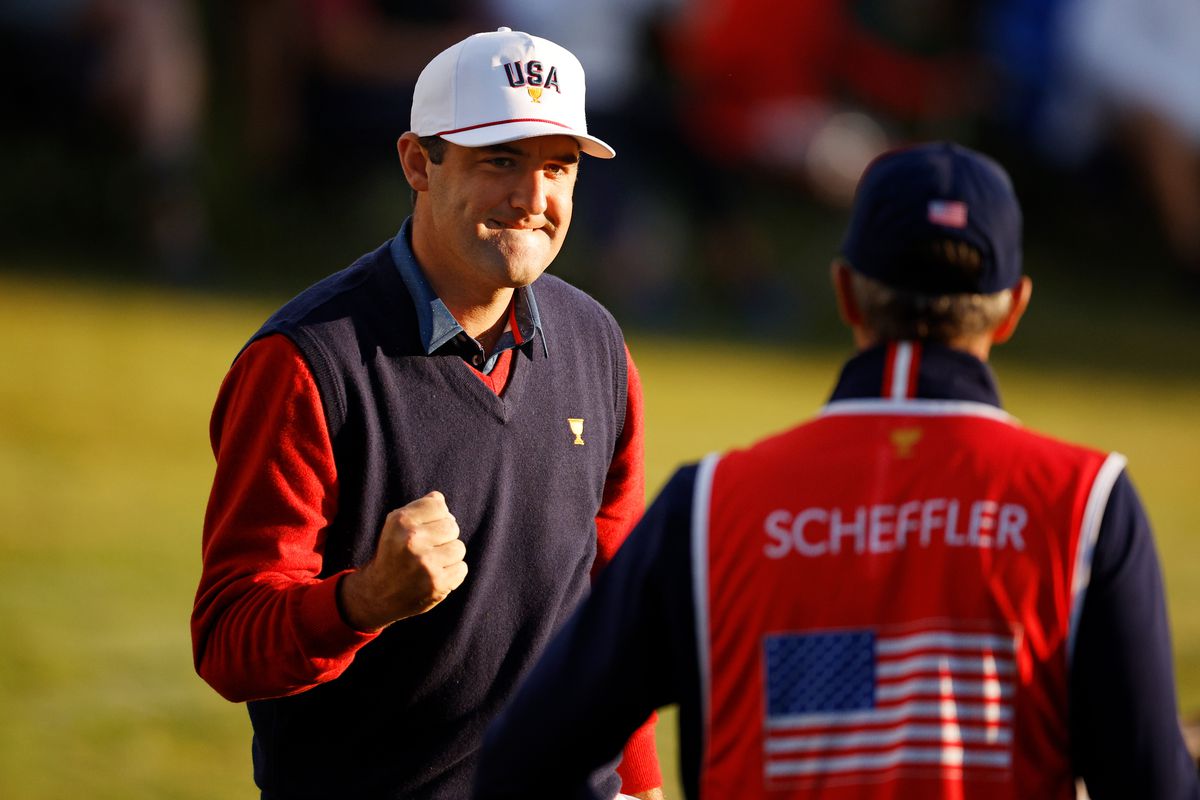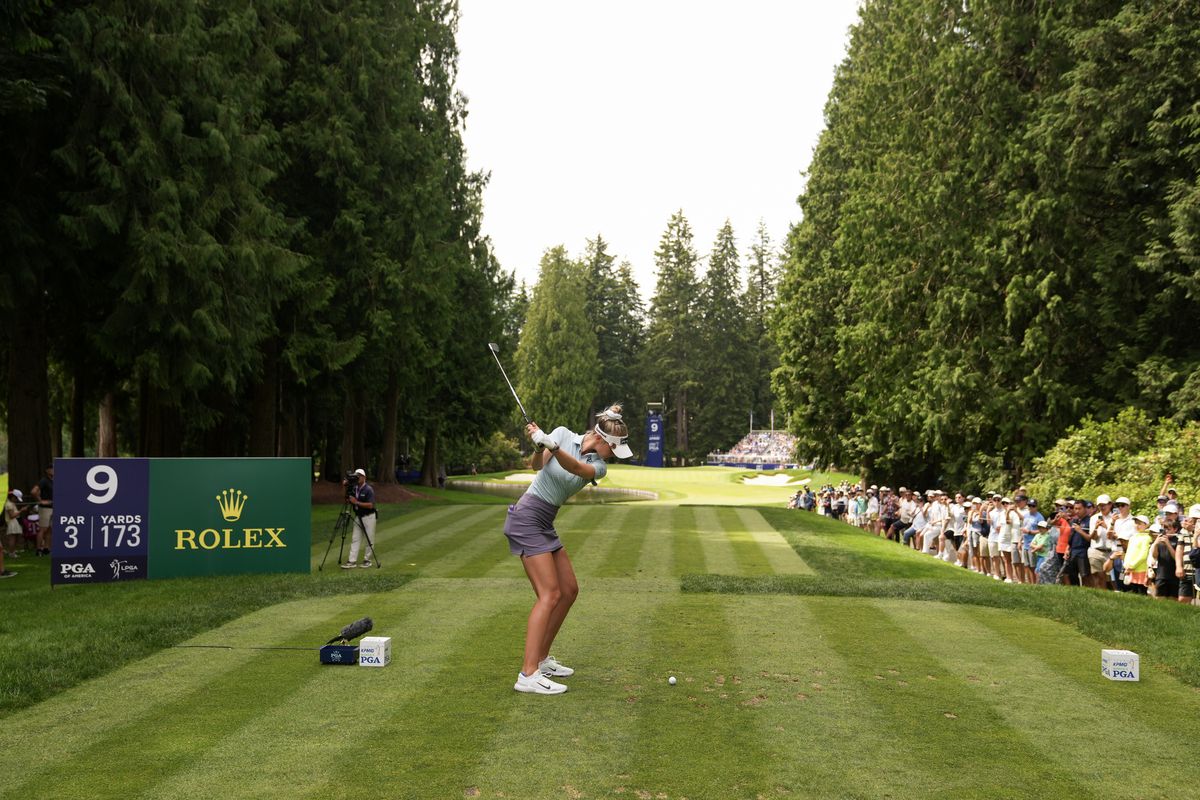The United States track and field team is often described as the world’s toughest to make, and for good reason. No country has amassed more Olympic track and field medals (827), and the US outpaces the next six countries on the all-time list combined (819).
There are so many talented athletes, but only a select few are allowed to compete at major global championships. For the fifth consecutive time, Hayward Field in Eugene, Oregon will host the unforgiving USA Olympic Track and Field Trials. Let’s take a closer look at the qualification and selection process for Paris 2024.
How many athletes can qualify in each discipline?
A maximum of only three athletes are allowed per country. Unlike the World Athletics Championships, which offers “wild card” berths to incumbent world champions (creating a fourth slot for countries), there are no byes into the Olympics.
World and Olympic champions and prohibitive gold medal favorites are not spared if they have an off-day at the worst possible time. In 2021, 800-meter world champion Donavan Brazier finished last in the USA finals and did not make the trip to Tokyo. Women’s 100 meters hurdles star Keni Harrison, widely expected to win the 2016 Rio Olympic trials, only finished sixth and missed the team. Two weeks later, she would set a new world record, but it was a mere consolation.
This is also as good a time as any to remind casual track followers that for sprints (100-400 meters), it only takes one false start for a runner to be disqualified from the race.
How many qualifying rounds are there?
All sprint and middle distance (800-1,500 meters) races have three rounds of qualification (Round 1, semifinals, final), whereas long distance (3,000-10,000 meters and race walks) have either two rounds or a direct final.
Olympic qualifying rounds by discipline
| Round 1, Semifinals, Final |
Round 1, Final |
Final Only |
| Round 1, Semifinals, Final |
Round 1, Final |
Final Only |
| 100 meters* |
3,000 meters steeplechase |
10,000 meters |
| 100 meter hurdles (women)* |
5,000 meters |
20 km race walk |
| 110 meter hurdles (men)* |
|
50 km race walk |
| 200 meters |
|
|
| 400 meters |
|
|
| 400 meter hurdles |
|
|
| 800 meters |
|
|
| 1,500 meters |
|
|
* – Semifinals and final are contested on the same day.
All field events have one qualifying round and a final, the decathlon and heptathlon don’t have qualifying rounds, and marathon runners already had separate qualifiers in February.
Is it possible to still finish in the top-3 and not qualify?
Yes. This is where it gets a little complicated for a small percentage of American athletes. Similar to swimming, there are minimum times (or distances for field athletes) that must be met within an Olympic qualifying window. The window for athletes competing in any individual event (except the 10,000 meters, marathon, and race walks) is July 1, 2023 to June 30, 2024.
For example, the women’s 5,000 meters Olympic standard is 14:52.00. NCAA champion Parker Valby narrowly missed the standard by 0.2 seconds at this month’s NCAA Outdoor Championships. Not only must Valby finish in the top-3 at trials, she also must run at least 14:52.00 to guarantee her spot on the team. And unlike regular track meets, championship competitions do not have pacemakers and wave-light technology to help guide runners to a specific time.
Without the qualifying standard, the last-ditch effort is placing high enough in the World Athletics rankings system, which is too complicated to explain even in an explainer post. The final rankings list will be published on July 7.
Here’s the simplified way to clinch a Team USA Olympic berth:
AND
- Have the Olympic qualifying standard
OR
- Achieve a high enough world rankings placement
This will most likely only affect competitors in disciplines where the Americans have traditionally weaker depth, such as the long-distance races and a handful of field events. Otherwise this won’t be a storyline for, say, any of the sprints.
What happens if someone finishes in a qualifying position but isn’t selected for the Olympics?
The next highest-placed athlete goes in their place, provided they also have the qualifying standard or a high enough world ranking.
When Sha’Carri Richardson was controversially suspended following a positive marijuana test ahead of the 2020 Olympics, fourth-placed Jenna Prandini replaced her. In the women’s high jump, neither Inika McPherson nor Nicole Green achieved the qualifying standard and didn’t have a high enough world ranking. They were replaced by fourth-placed Rachel McCoy and Tynita Butts-Townsend, who had the requisite ranking despite not making the final.
The 2016 men’s 20 km race walk team, however, sent no entrants to Rio after none of the top three finishers met the standard or ranking.
How do the relay teams qualify?
New to the Olympics is the use of the World Athletics Relays as a qualifying competition for major championships. At this year’s championship in The Bahamas, the American men’s and women’s 4×100 and 4×400 teams all qualified, as did the mixed (two men, two women) 4×400 meters squad. A total of 14 countries in each discipline needed to finish in the top-2 in either the qualifying heats or the repechage rounds to qualify for Paris.
How are the relay participants decided?
Per USA Track and Field guidelines, three of the five competitors for each relay team must be athletes who are entered in their corresponding individual event (e.g. Noah Lyles is entered in the individual 100 meters and therefore will be part of the 4×100 relay team). One reserve/alternate athlete can also be named. The other two selections are made at the discretion of the USATF committee, which includes “medical or exceptional circumstances” for a waiver request to be granted.
This is why it’s common (at least for Team USA) to have relay runners who did not compete in the individual event. Athing Mu, who won the 800 meters in Tokyo, joined the women’s 4x400m relay team and picked up another gold.
It’s worth keeping an eye on the relay selection pool this year for the men’s 4×400 meters, as there’s a possibility that Noah Lyles could be picked despite not being entered in the 400 at Olympic trials and scarcely running the 400 throughout his career. His indoor relay inclusion was already meant with some divided opinion.
Team USA trials run from Friday, June 21 through Sunday, June 30 on NBC, USA, and Peacock. The track and field portion of the Olympics commences on August 1 and ends on August 11.

